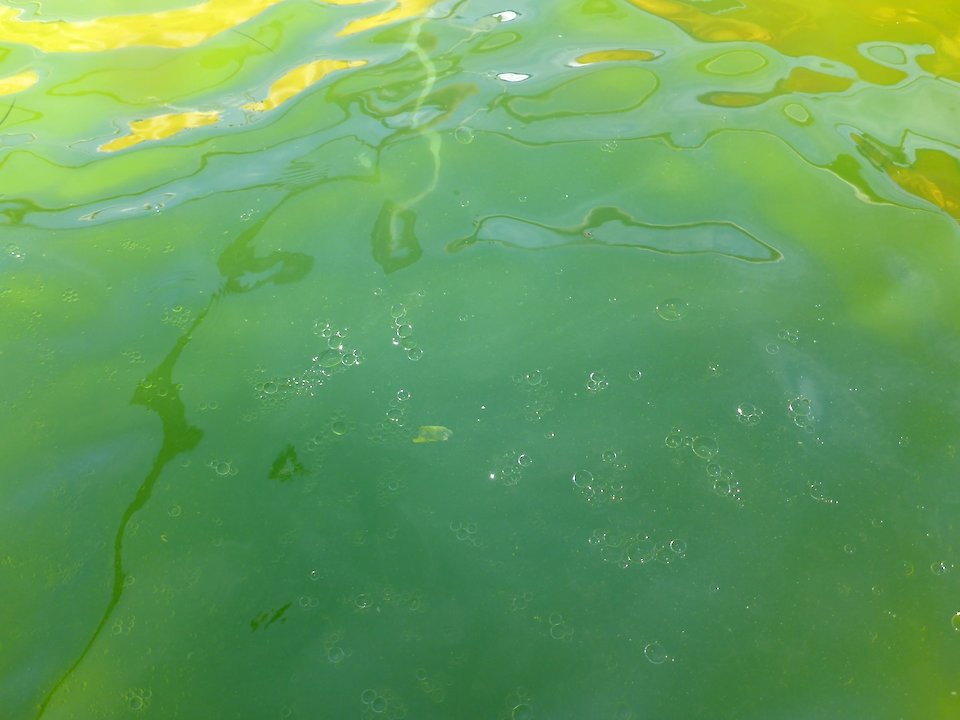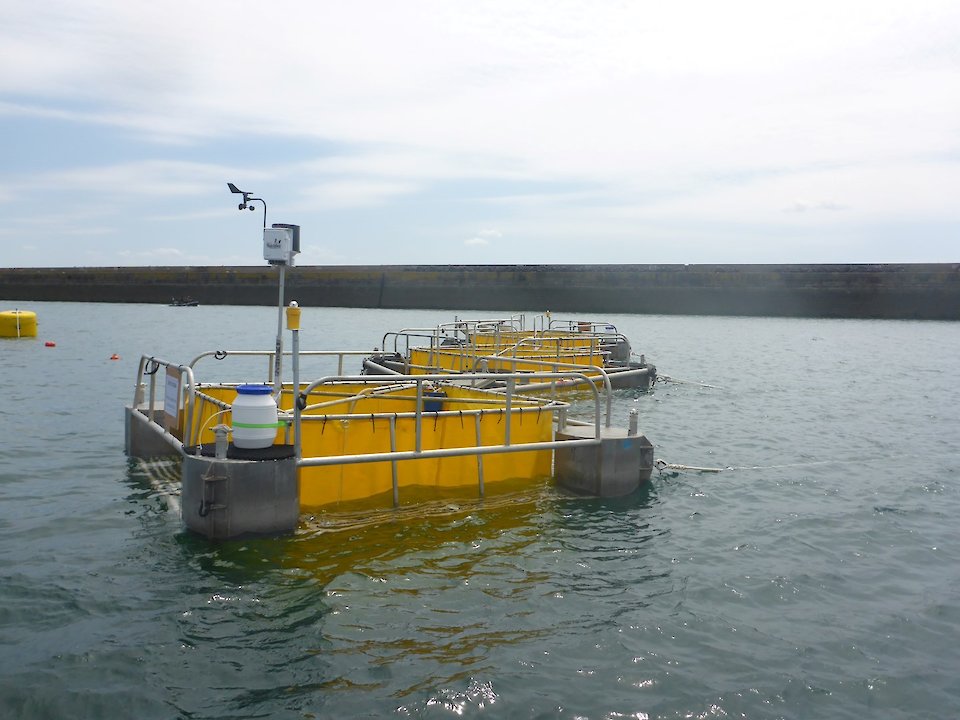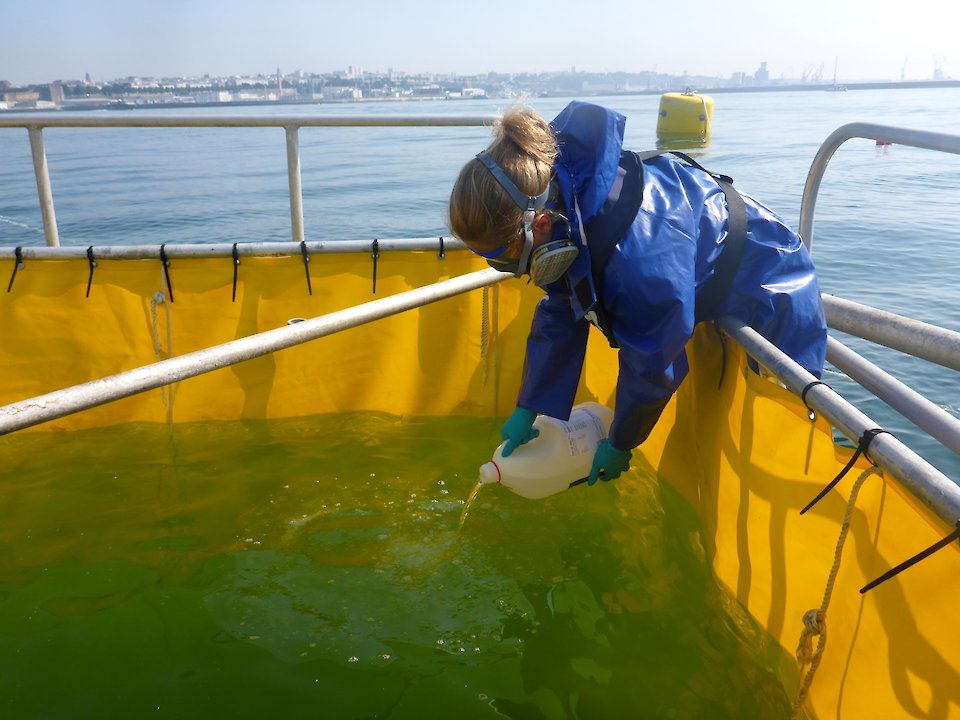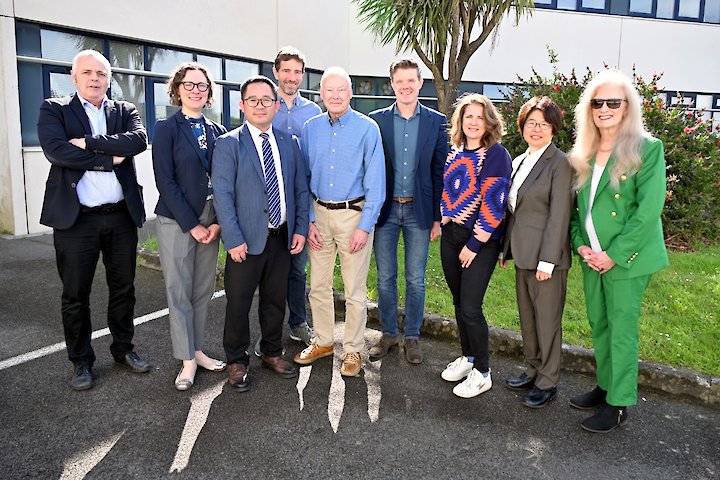Studying the behaviour of chemicals in the sea, identifying floaters at CEDRE (France)
Lead Agency: International Maritime Organization
Overview
The overall aim of EHS Working Group 1 is to evaluate the environmental and human health hazards of any harmful bulk liquid substances that ships may carry, and to assign a GESAMP Hazard Profile (GHP) to each substance. Maritime shipping of chemical substances in bulk is regulated by Annex II of the International Convention for the Prevention of Pollution from Ships (MARPOL Annex II), SOLAS Chapter VII, and the International Code for the Construction and Equipment of Ships carrying Dangerous Chemicals in Bulk (IBC Code).
Entities wishing to ship a chemical substance not yet included in the IBC Code must submit product data to IMO for evaluation by the GESAMP EHS Working Group regarding the hazards and behaviour of the substance if it were to be spilled into the marine environment. Following evaluation by GESAMP/EHS, IMO uses the GHP and other properties to subsequently determine the pollution category and carriage requirements for that substance. EHS WG 1 also advises the IMO on issues related to harmful substances, when requested.
Background
According to MARPOL harmful substances are defined as any substance which, if introduced into the sea, is liable to create hazards to human health, to harm living resources and marine life, to damage amenities or to interfere with other legitimate uses of the sea and includes any substance subject to control by the MARPOL Convention. A revision of chapter 21 of the IBC Code in 2016 setting out criteria for assigning minimum carriage requirements introduced consideration of hazards relevant for (occupational) exposure of the crew to vapours from cargo tanks in addition to combined mist and vapour exposure of the crew after a spill on sea.
A single tank on board a chemical tanker may hold 3,000 tonnes or more of a given substance. The cargo of an entire ship may surpass 60,000 tonnes. As such, if these bulk substances become released into the marine environment, the potential ecological and human health risks would be significant and complex.
To reduce the chances of releasing harmful substances into the marine environment, they must be transported in appropriate ships and tanks and under the right carriage conditions. What is most appropriate for one substance may be different for another depending on its chemical characteristics and hazard profile. Therefore, the IMO's Pollution Prevention and Response (PPR) Sub-Committee assigns carriage requirements for all potentially harmful substances to maximise the chances of their safe transport. They do this in accordance with the provisions set out in the MARPOL Convention and the IBC Code.
History and work of EHS WG 1
EHS WG 1 was established in 1974. Since their creation, they have met once a year to evaluate submissions of new substances that various shipping entities wish to transport in bulk. Their evaluations are based on information on the identity and composition, physico-chemical properties, human health and environmental hazards of the chemical substances.
Please find their current Terms of Reference on page 78 of GESAMP’s 50th session report.
They carry out hazard evaluations and re-evaluations based on the criteria set out in GESAMP Reports and Studies GESAMP Hazard Evaluation Procedure for Chemicals carried by Ships, 2019 | GESAMP”.This procedure has been revised a number of times since the working group was first established. Revisions reflect changes and improvements in the established methodologies for assessing hazards .This current edition of the procedure replaces all previous versions.
The revised GESAMP hazard evaluation procedure, although specifically developed for the maritime transport of bulk liquid chemicals, is substantially in line with the United Nations Globally Harmonised System on classification and labelling of chemicals (GHS).About the GHS | UNECE.
EHS WG 1 meets once a year to assign the substances ‘GESAMP Hazard Profiles’ (GHP). The resulting profiles are added to a rolling list Sessions' reports | GESAMP (also called the GESAMP Composite List) containing all GHPs assigned since WG 1’s inception. This list [available at https://www.imo.org/en/OurWork/Environment/Pages/ChemicalsReportingForms.aspx] is updated and published annually by the IMO, and can also be found annexed to the report of each session (available here)
Current and future work of EHS WG 1
Their work evaluating and re-evaluating harmful substances is ongoing.
Current members of EHS WG 1
Chair: Richard Luit (Kingdom of the Netherlands).
Stéphane le Floch (France), Wenxin Jiang (China), Matthias Grote (Germany), Bette Meek (Canada), Michael Morrissette (United States), Akiko Masuda (Japan) Annabelle Nicolas-Kopec (France).
Members of Working Group 1 in 2025
Page last updated:15/05/2025



